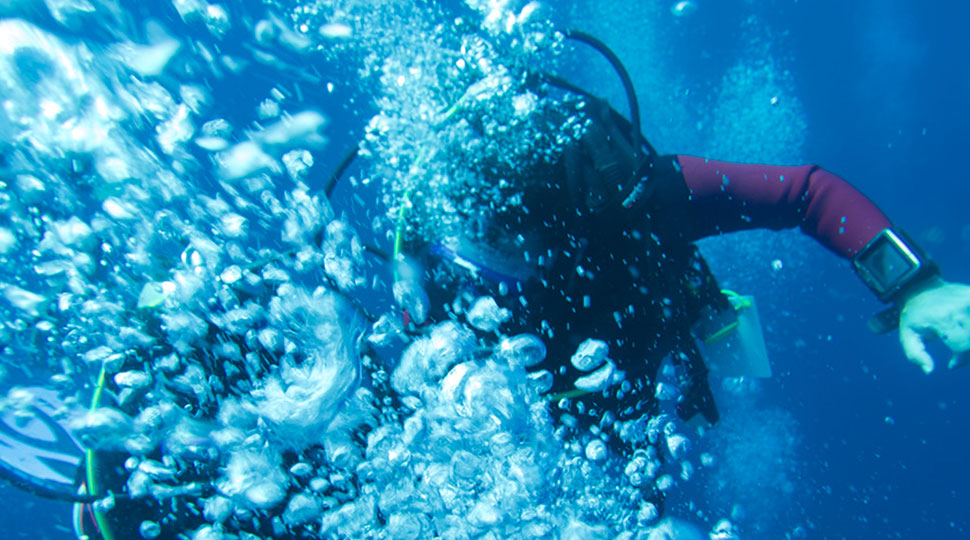Proper air gauge awareness is crucial for scuba diving safety, and it’s essential to develop a keen sense of when to conserve energy and when to take a break. When you’re underwater, relying solely on your instincts to manage your air supply can be a recipe for disaster.
You see, our brains are wired to react quickly to perceived threats, which can lead to reckless decisions underwater. But with the right training and equipment, you can develop a deeper understanding of your body’s physiological responses and make informed decisions about your air supply.
By prioritizing air gauge awareness, you’ll be able to anticipate and manage your air consumption more effectively, reducing the risk of running out of air and avoiding potential emergencies.
It’s not just about knowing how much air you have left; it’s about understanding your own body’s limitations and adapting to changing circumstances underwater.
How to Properly Check Your Air Gauge
When it comes to scuba diving, having an accurate air gauge is crucial for Air Gauge Awareness. But how do you ensure you’re getting the most out of your dive? The first step is understanding the different types of air gauges used in scuba diving. Analog gauges, for instance, use a mechanical needle to indicate air pressure, while digital gauges display the information on a screen.
To read and interpret your air gauge correctly, make sure you’re familiar with its specific functions and limitations. For analog gauges, practice reading the needle against the markings on the face of the gauge.
For digital gauges, check the screen regularly to ensure you’re not missing any vital information. Remember to always keep an eye on your air supply during dives, taking regular checks every 10-15 minutes.
But that’s not all – it’s also essential to know how to adjust your breathing rate and buoyancy control based on the readings from your air gauge. By making these adjustments in real-time, you can conserve energy and extend your dive time.
And if you do start to feel fatigued or lightheaded, you’ll be able to recognize the signs early on and make a plan to safely return to the surface.
Signs of Low Air
Recognizing signs of low air is crucial for extending your dive time and staying safe underwater. As a scuba diver, it’s essential to develop a keen sense of awareness about your body’s physiological responses to changes in air supply.
One of the most common indicators is a faster breathing rate. If you find yourself gasping for air more frequently than usual, it may be a sign that your air supply is running low.
Another telltale sign is increased heart rate. When you’re stressed or fatigued, your body’s natural response is to speed up its rhythms. Underwater, this can be especially dangerous, as it can lead to rapid air consumption and decreased situational awareness.
For example, if you’re diving in a current or fighting against the water flow, your heart rate may increase due to the physical exertion. It’s essential to recognize these signs early on and take corrective action to prevent running out of air.
Additionally, feeling lightheaded or fatigued during a dive is often an indication that you need to slow down and conserve energy. This can be caused by a range of factors, including dehydration, exhaustion, or even just plain old fatigue.
By recognizing these signs early on, you can take steps to address the issue before it becomes a serious problem.
Strategies for Managing Your Air Supply

So, what can you do to manage your air supply effectively?
One of the simplest strategies is breathing slowly and deeply. This helps to reduce your heart rate and slow down your air consumption, giving you more time to enjoy your dive.
By focusing on slow, deliberate breaths, you can calm your body’s physiological responses and conserve energy.
Another effective technique is avoiding rapid movements underwater. By swimming at a moderate pace or using buoyancy control, you can conserve energy and extend your dive time. This approach also helps to reduce stress and anxiety, which can further contribute to air consumption.
It’s also essential to plan and adjust your dives according to air supply levels. Take regular breaks to rest and recharge, and consider adjusting your depth or duration to ensure you have enough air to complete your dive safely.
Being mindful of your air supply and taking proactive steps to manage it, you can enjoy a more relaxed and enjoyable diving experience.
The Safety Stop
Proper air gauge awareness is critical for scuba diving safety. By understanding how to properly check your air gauge, recognizing signs of low air, and implementing strategies for managing your air supply, you can extend your dive time and stay safe underwater.
Remember, air gauge awareness is not just a technical skill – it’s a vital part of responsible diving practices.
In the world of scuba diving, safety should always be your top priority. By staying vigilant and aware of your air supply, you can enjoy the thrill of exploring the underwater world while minimizing risks and maximizing fun.








